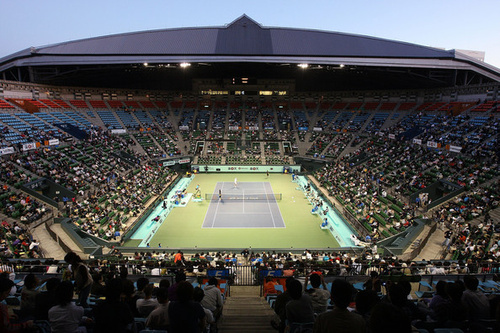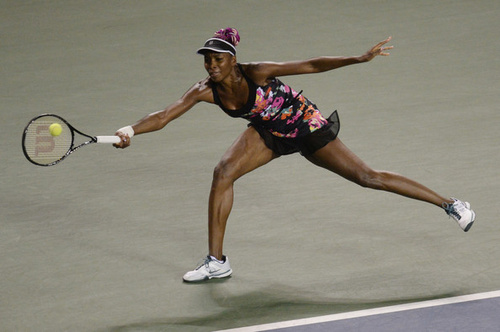Don't miss any stories → Follow Tennis View
FollowPlaying for More Than Pride: In Defense of the WTA Asian Swing
The final major of the year takes place in perhaps the grandest city in the world and does everything that it can to reflect its host city. From its over-the-top pomp and circumstance on opening night to its massive payout on the final evenings, everything about the US Open feels like the denouement of the tennis season.
While the post-US Open stretch of the year might matter little for the casual fans, the US Open is not the end for either the players or the diehard fans. Nearly two months remain on the WTA calendar after the last ball is struck in New York. However, the merits of the six-week Asian swing to close out the year have been hotly debated.
The WTA has experienced a global shift in its post-US Open events over the past five years. Much of the fall season once revolved around indoor European tournaments, but these events with rich histories were rebranded or replaced by events in East Asia. It is no secret that tennis, traditionally a sport with strongholds in North America and Europe, has actively pursued opportunities to expand in a growing market.

The WTA Premier Five event in Tokyo featured six of the world's top 10 women to begin the week. Notable absentees include Serena Williams, whose decision to withdraw from the event citing fatigue was met with near-universal approval, and Maria Sharapova, who continues to rehab a shoulder injury.
Many observers argue that, with no major until the Australian Open, Asian tournaments fall flat because the majority of top players lack motivation to play them or compete to their utmost in them. Some of the elite players are competing for a spot at the WTA year-end championships in Istanbul during this period, but those who already have qualified for that tournament have logged an immense amount of miles on court and frequent flier points off it.
With the four majors now in the books, where does that leave the rest? Only a small number of players have the luxury of tailoring their schedule around the majors. Although success at grand slams is every player's dream, the vast majority of the WTA realistically does not compete for major titles.
So what are they playing for?
Rarely does have a seven-time major champion have anything to prove, but Venus Williams came into Tokyo with exactly that mission. Having struggled with a back injury for the better part of the season, Williams has continually faced questions about how much more she can get out of her singles career. She came into Tokyo this week ranked No. 63, pulling up the rear as the eighth American in the world rankings.
Williams, who had not won back-to-back matches since April, easily defeated Mona Barthel in the first round before shocking world No. 2 Victoria Azarenka in the second round, 6-2, 6-4. An extreme example because of who she is and what she has achieved, Venus Williams' current position still is no different than 99 percent of WTA players at this point in the season.

Tennis is unique from other sports because players are competing for something all year long, and each player is motivated for his or her own reasons. There is no concept of purposelessly “playing out the season” in tennis, as seen in a variety of team sports with playoff systems. Every match, and every tournament, means something different for each player.
While ranking points and money are the tangible rewards for players at the end of a long year, more than just pride lies at stake for the players who make up the backbone of the tour. For players supposedly playing for nothing at this point in the season, the WTA's supporting cast still provides plenty of their own intriguing story lines.










